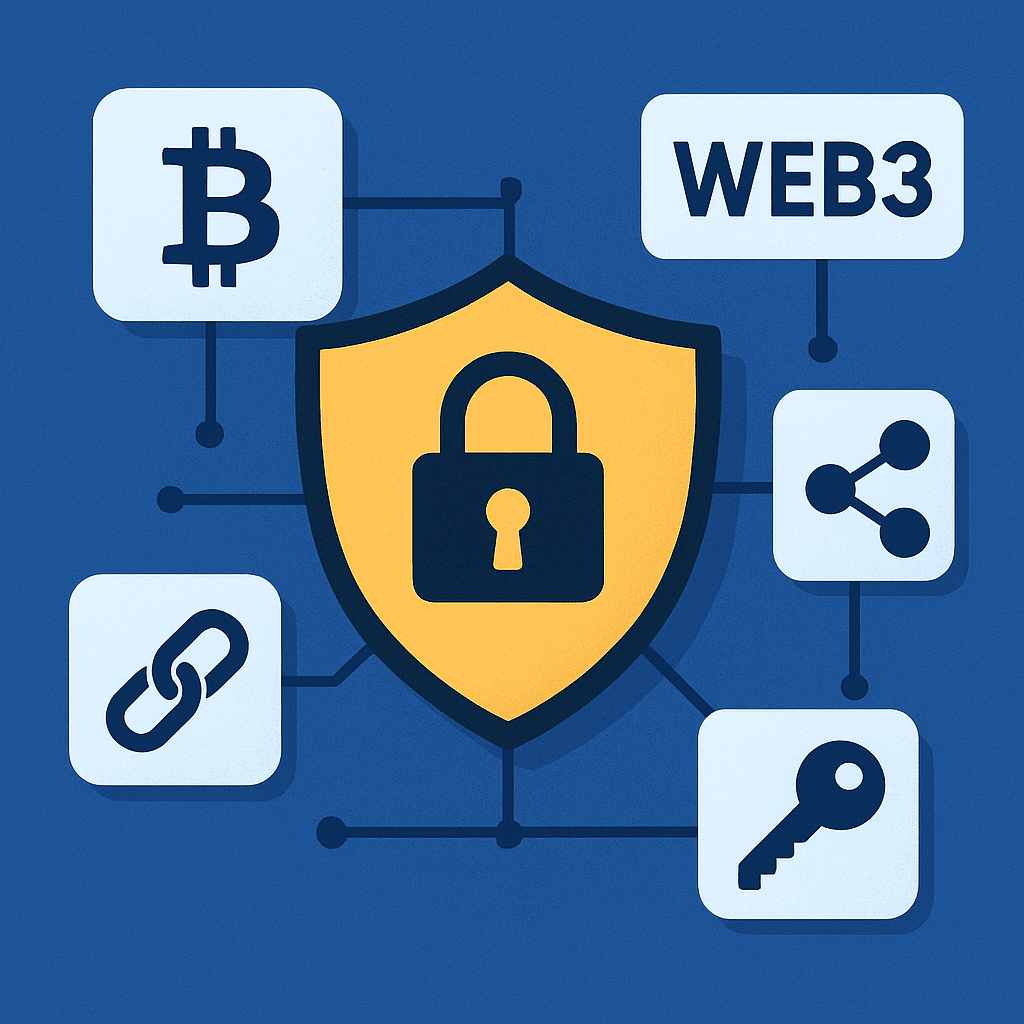With the emergence of Web 3 as a technological revolution aimed at shifting the internet from a centralized model dominated by major companies to a decentralized model that gives users control over their data and digital assets, the issue of cybersecurity emerges as one of the most important challenges and opportunities at the same time. Does decentralization necessarily mean more security? Or are there new risks we need to be aware of?
💠What is Web 3 and why is everyone talking about it?
Web 3 is the new generation of the internet built on technologies like blockchain, smart contracts, and decentralized finance (DeFi). It aims to empower users to own their data and digital interactions without relying on centralized intermediaries like major tech companies.
👈How does decentralization contribute to enhancing security?
1. Reducing centralized points of failure
In the traditional web, data is stored on centralized servers, making it a primary target for hacking and cyber attacks. In Web 3, data and transactions are distributed across a distributed network of nodes, making it more difficult for attackers to take control of the entire system.
2. User control over their data
Web 3 grants users true ownership of their data with the ability to control who accesses it and how it is used, thereby reducing the chances of leakage or misuse by third parties
3. Transparency of smart contracts
Smart contracts operating on the blockchain are transparent and cannot be modified after deployment, reducing opportunities for fraud and manipulation in digital transactions
🚨New challenges and risks in Web 3
1. Attacks on smart contracts
Despite the transparency of smart contracts, the existence of software vulnerabilities can be exploited to hack funds or data, as happened in several massive theft cases in DeFi projects.
2. Complexity of managing private keys
In Web 3, the responsibility for securing private keys lies directly with the user. Losing these keys means losing access to digital assets, and there is no centralized recovery system as in the traditional system.
3. Phishing and fraud via decentralized interfaces
New types of attacks are emerging, such as phishing attacks on Web 3 wallets and decentralized application interfaces, requiring high security awareness from users
💭Examples of tokens that support Web 3 security and decentralization
1. Chainlink (LINK)
The token of the famous oracle network that connects smart contracts with real-world data in a secure and reliable manner. Available on Binance and widely used in DeFi projects to provide reliable external data for contracts.
2. Quant (QNT)
The Quant platform token that helps securely connect different blockchain networks, enhancing interoperability while maintaining network security.
3. Ren (REN)
The Ren network token that enables the transfer of digital assets between different blockchains in a decentralized and secure manner, supporting asset liquidity and transaction security across chains.
4. The Graph (GRT)
The Graph network token that provides blockchain data indexing to facilitate querying decentralized applications quickly and securely, available on Binance
🤔How can security be enhanced in Web 3?
Developing advanced security protocols based on artificial intelligence and multi-factor authentication
Periodic auditing of smart contracts by independent experts to ensure they are free from vulnerabilities
Educating users and raising awareness about the importance of protecting their private keys and how to deal with risks
Using cold wallets to store digital assets away from the internet
___________________
💡Web 3 holds a revolutionary promise of providing a safer and more transparent internet environment through decentralization, but it is not without new security challenges. The success of this digital world depends on the development of advanced security technologies, user awareness of their risks, and collaboration among the developer community. Tokens like Chainlink, Quant, Ren, and The Graph play a vital role in supporting the security architecture of Web 3.
👈Are you ready to enter the Web 3 era with a full understanding of its security risks and opportunities?


